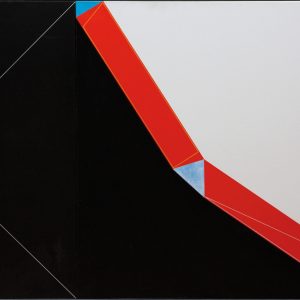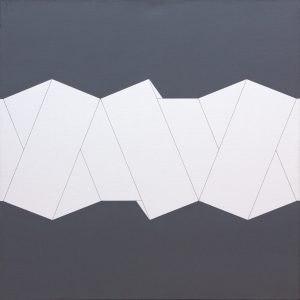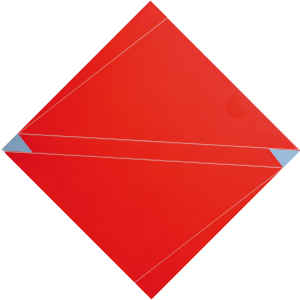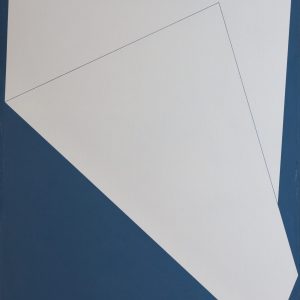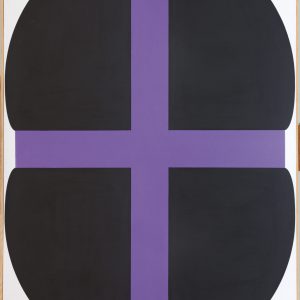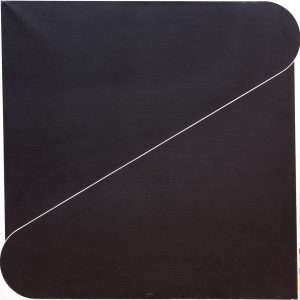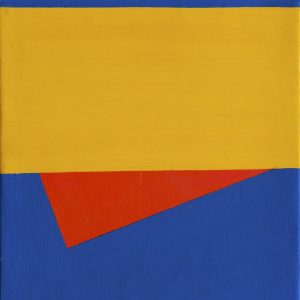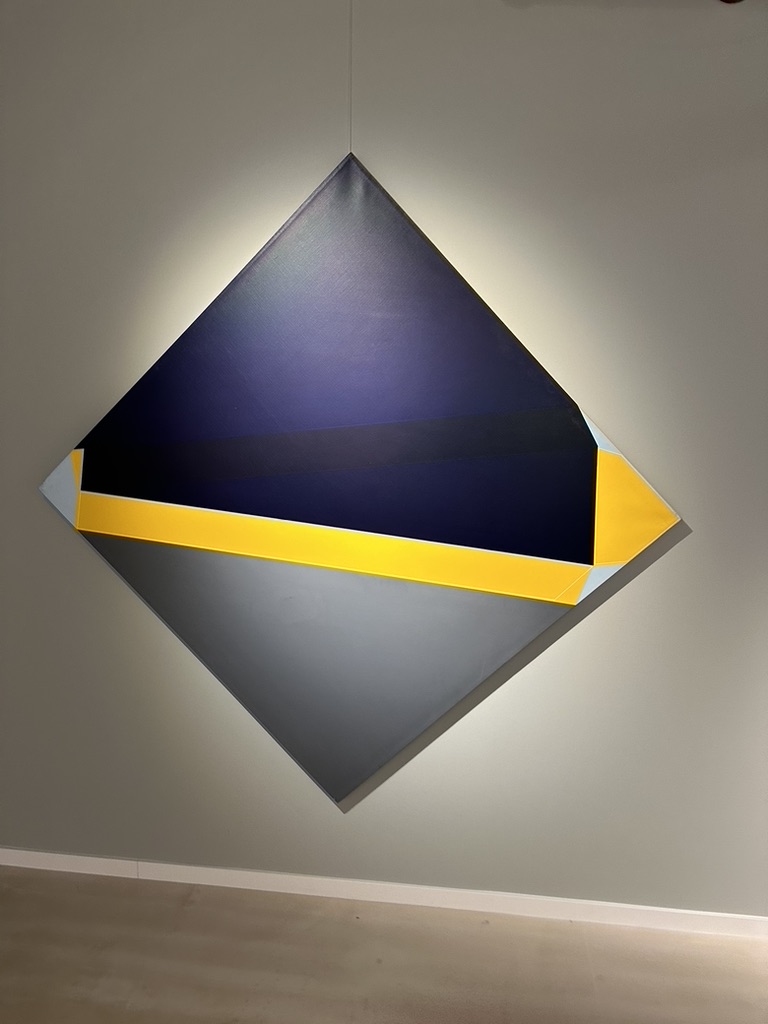
Hiroshi Yasukawa
* 1931 Nagano
Short information about the artist
Hiroshi Yasukawa was born in Nagano Prefecture in Japan in 1931. After studying art in Osaka, he began a career as a painter and art teacher. At that time, Yasukawa mainly created figural motifs such as landscapes and portraits.
In 1965 he went to Paris, where he met the pianist and later wife Ruriko. In 1971 he finally moved to France with her.
His style of painting changes fundamentally as a result of the change of location: The result is a comprehensive oeuvre of abstract works, some of which are lyrical in their formal language, but mostly geometrical-constructivist. His cultural background, related to Chinese and Japanese philosophy and poetry, also play a special role in Yasukawa’s art.
From 1974 he is represented in France, Italy and Japan at solo and group exhibitions, including the exhibitions in the “Salon Comparaisons”, the exhibition “Grands et Jeunes d’Aujoud’hui” and those of the “Salon d’Automne” in France would be called. He received the “International Prijs voor Schilderkunst” in Knokke-Heist, Belgium and in 1976 the bronze medal of the “Prix européen de peinture d‘Ostende” in Belgium.
Kunstwerke im Angebot
Videos about the artist
More information about the artist
Hiroshi Yasukawa was born in Nagano Prefecture in Japan in 1931. After studying art in Osaka, he began a career as a painter and art teacher. At that time, Yasukawa mainly created figural motifs such as landscapes and portraits.
In 1965 he went to Paris, where he met the pianist and later wife Ruriko. In 1971 he finally moved to France with her.
His style of painting changes fundamentally as a result of the change of location: The result is a comprehensive oeuvre of abstract works, some of which are lyrical in their formal language, but mostly geometrical-constructivist. His cultural background, related to Chinese and Japanese philosophy and poetry, also play a special role in Yasukawa’s art.
From 1974 he is represented in France, Italy and Japan at solo and group exhibitions, including the exhibitions in the “Salon Comparaisons”, the exhibition “Grands et Jeunes d’Aujoud’hui” and those of the “Salon d’Automne” in France would be called. He received the “International Prijs voor Schilderkunst” in Knokke-Heist, Belgium and in 1976 the bronze medal of the “Prix européen de peinture d‘Ostende” in Belgium.
